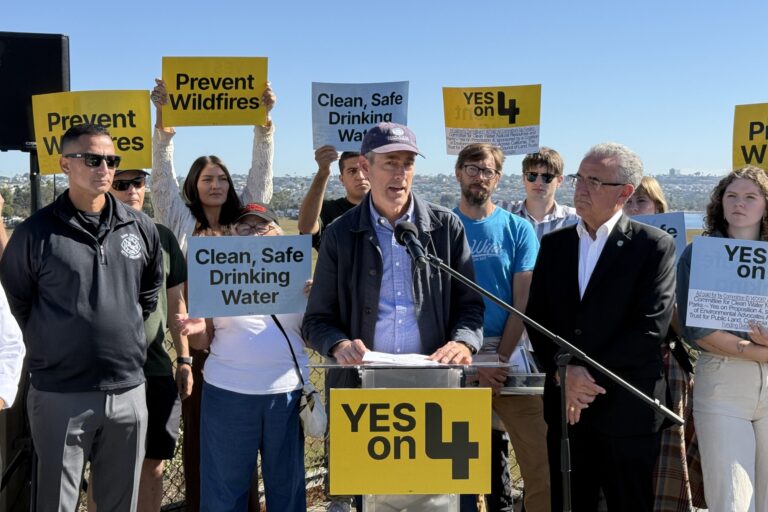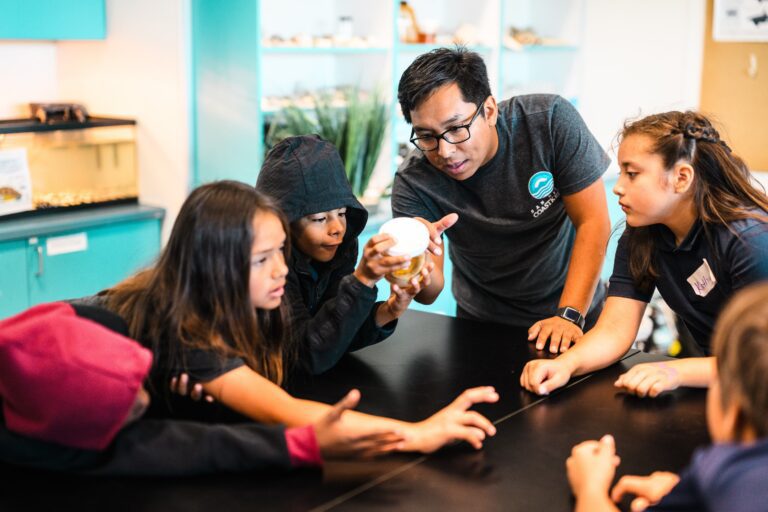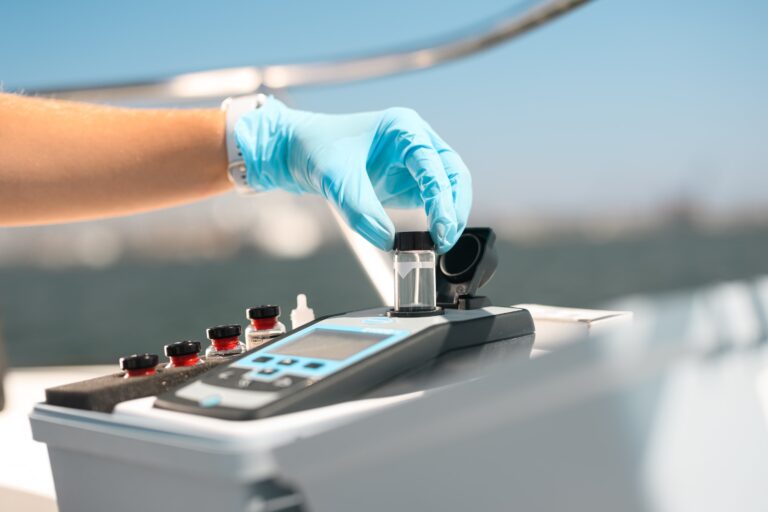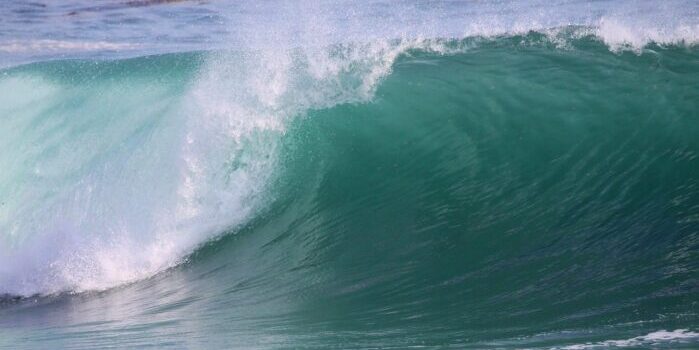

Our volunteer water monitoring team went out on Saturday for our monthly routine water quality sampling. What they found at one of our sites is truly sickening. The samplers describe first being hit with the smell of sewage and then noticing the normally clear water was a strange shade of grey. Dead fish were floating on the surface and washed up on the bank.






Compare this with the results I got several months ago from the Tijuana River.
As far as I know, San Diego Coastkeeper’s volunteer water monitors were the first ones to notice the effects of the sewage spill. We collected evidence and made reports to the Water Quality Control Board and to the Department of Fish and Game.
Volunteers discovered the effects of the spill, volunteers collected samples and volunteers analyzed the samples in the laboratory. It is a community effort that found and documented the spill. This speaks to the strengths of our volunteer program and our role as the watchdog for the people of San Diego. In a time of shrinking government budgets and limited resources, we are the additional eyes and ears for the environment. Our mission is to “protect the region’s inland and coastal waters for the communities and wildlife that depend on them by blending education, community empowerment and advocacy.”
This is a perfect example empowering the community to protect our waterways.













